Last week I found myself taking an unscheduled trip to Utah for a family emergency, and I am happy to report everyone is now OK. Although I have repeatedly said I would not fly commercial planes with the current research I have been doing on getting Nuked in the Skies (as well as the irradiation embrittlement of airliners which may be occurring due to Fukushima Fallout) – in this case it was unavoidable, but happily turned into an opportunity to meet one of my favorite anti-nuke heroes, Kevin Blanch. I was also able to collect data regarding airliner conditions, rad levels in flight and around Salt Lake, mutations in the desert, and some other curious findings. Here is a breakdown of what I observed and learned on my 6-day trip.
Airliner conditions: The planes I flew on were through multiple carriers and in even worse shape than I anticipated, and I was not alone in making these observations. I purposely choose the same seats, slightly behind the right wing for each of 4 flights, to get a similar perspective of each leg for purposes of comparison. I flew on United Airlines to Utah, and US Airways for the return trip to Detroit. I was also able to observe the fuselage of American Airlines and various foreign carriers as they were parked adjacent to my flights and runway.
Detroit to Chicago/Chicago O’Hare to Salt Lake City / June 3rd, 2014: My first flight was already delayed by maintenance issues. Although we were supposed to take the same airliner for the second leg of the trip, the planes were switched after we disembarked in Chicago so the cabin could be ‘cleaned’. When we re-boarded however at a new gate, it was a different plane all together, and disgustingly filthy.
On the tarmac: I witnessed extraordinarily bad neglect of every truck present on the tarmac; including baggage 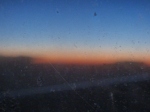 vehicles, refueling trucks, and even septic collectors (this was not the case in subsequent airports – just in Detroit and Chicago). On the plane itself, there was numerous areas of corrosion and rust present across the right wing, of which I had a clear view once I was able to focus beyond the bacteria smears on the window. One metal panel had about an inch and a half long crack in the corner, which I could only have viewed from my seat because of its proximity to the fuselage. I suspect there was similar cracks previously on this same wing, as one area had an oddly shaped piece of metal bolted to it. When the engines fired up the plane shook so violently my seat partner, a businessman and frequent flier, jokingly questioned whether another plane had run into us. We anticipated having to switch planes again, but ultimately the pilot felt it was fine to proceed. At this point, we were already delayed 25 minutes. (Note from RC: although it may be cumbersome to scroll thru I am attaching images in large format for purposes of detail and documentation).
vehicles, refueling trucks, and even septic collectors (this was not the case in subsequent airports – just in Detroit and Chicago). On the plane itself, there was numerous areas of corrosion and rust present across the right wing, of which I had a clear view once I was able to focus beyond the bacteria smears on the window. One metal panel had about an inch and a half long crack in the corner, which I could only have viewed from my seat because of its proximity to the fuselage. I suspect there was similar cracks previously on this same wing, as one area had an oddly shaped piece of metal bolted to it. When the engines fired up the plane shook so violently my seat partner, a businessman and frequent flier, jokingly questioned whether another plane had run into us. We anticipated having to switch planes again, but ultimately the pilot felt it was fine to proceed. At this point, we were already delayed 25 minutes. (Note from RC: although it may be cumbersome to scroll thru I am attaching images in large format for purposes of detail and documentation).
Other plane conditions at a glance: The United and American Airliners we drove past to reach the runway exhibited similar welded metal spots, and a dingy blackish film that gave the appearance that it had been a long time since these planes have been washed. We also passed jets from Iberia, British Airways, and Qatar that had none of the dirty film (or welded spots) present on the American planes. Either the foreign planes are newer, more routinely cared for, or the foreign carriers do a much better job of hiding their blemishes.
In-flight rad levels: Although we flew straight through a significant storm event over Nebraska, the rad levels (which were 3x higher than what is normally found during air travel) were nothing in comparison to what I measured on the way back 6 days later through mostly clear conditions.
Airport/plane observations overall: It was rather obvious, especially with future comparisons in 2 other major airports, that the airport authority is doing very little to maintain fleets of the airline support vehicles in Detroit and Chicago. There may be mitigating factors of weather, snow and salt use, but rough winters are nothing new for the Midwest, and is why we have products like Rust-Oleum. It makes one wonder if maintenance costs for the airliners may be taking priority (as they should) or, if the neglect of support vehicles is an indicator of the overall integrity of the airliners themselves.
From the Airline Handbook, Economics Ch 4: “In contrast with many service businesses, airlines today need more than storefronts and telephones to get started. They need an enormous range of expensive equipment and facilities, from airplanes to flight simulators to maintenance hangars, aircraft tugs, airport counter space and gates. Consequently, the airline industry is a capital-intensive business, requiring large sums of money to operate effectively. Most equipment is financed through loans or the issuance of stock. Airlines also lease equipment, including assets they owned previously but sold to someone else and leased back. Whatever arrangements an airline chooses to pursue, its capital needs require consistent profitability. Because airlines own large fleets of expensive aircraft that depreciate in value over time, they historically have generated a substantial positive cash flow (profits plus depreciation). Most airlines use their cash flow to repay debt, acquire new aircraft or upgrade facilities. When cash flow is significant, airlines may also issue dividends to shareholders.
Airline expenses can be grouped into the following major functions: flying operations (e.g., fuel, flight crew compensation, aircraft ownership), maintenance (e.g., parts, labor), aircraft and traffic service (e.g., ground service equipment, cargo handling, baggage, dispatch, gate agents), promotion and sales (e.g., advertising, reservations agents, travel agency commissions), passenger service (e.g., food and beverage, in-flight crew compensation), transport-related (e.g., outsourced regional flying, cost of generating in-flight sales) and administration.”
The foreign carriers appeared to have better upkeep and equipment than domestic carriers (all this will tie in later to a report I will be doing on the current evidence we have that metal fatigue may be accelerating from radioactive fallout). The flight crews, including the pilots, all appeared tired with large bags under their eyes, and some had noticeable skin problems. This was true of the return flight as well.
Return trip – Salt Lake City to Phoenix to Detroit / June 9th, 2014: Booking a trip on short notice (48 hours in my case) doesn’t lend itself to having choice routes, which is how I found myself flying 660 miles out of my way down to Phoenix before heading back up and over to Detroit. This return flight plane was (again) delayed due to a maintenance issue, which we were told was a broken tray-table. Someone promptly came into the plane with a roll of duct tape and fixed the tray-table, eliciting laughter and jokes from some of the passengers, but we still waited another half hour before taking off, with a lot of activity going on underneath us by what appeared to be aviation mechanics. Although weather conditions were mostly clear flying out of Salt Lake, rad levels skyrocketed well before we hit the cloud layer, meaning this was contamination either from a ground source (uranium mining and nuclear waste burning) or pre-existing in the tropopause layer from a distant source (Fukushima, WIPP, Hanford, Idaho National Labs, etc). Below you will see an image of the Great Salt Lake (and a trash burning operation called “Grassy Mountain”) attesting to how clear the sky was.
We flew south, west, and south again down to Phoenix over some spectacular scenery, such as several National Parks, the Grand Canyon, and Lake Powell. Although my daughter frequents Lake Powell which is south of the radioactive parks of Arches and Canyonlands (but directly downwind* of St. George and Zion National), Kevin Blanch informed her that Lake Powell, in addition to being a summer swimming and party spot, was also a popular uranium-filing dumping ground from mine cleanups in the past few decades, and to avoid swimming in the lake itself, something only a local anti-nuke activist would probably know not to do.
(*Background: The AEC selected the Nevada Test Site in southeastern Nevada because the federal government owned hundreds of square miles of surrounding desert land, and because it contained, in the contemptuous words of one bureaucrat, “a low-use segment of the population”–the Mormon citizens of St. George, Cedar City, and other sacrificial cities of southwestern Utah. For seven years between 1951 and 1958, the AEC aimed deadly radiation at soldiers stationed as close as 3.9 miles from the explosions and at the people of southeastern Nevada, northwestern Arizona, and southern Utah by detonating atomic weapons above-ground at the Nevada test site. After the United States ratified a Limited Test Ban Treaty with the Soviet Union in August 1963, the AEC continued to conduct underground tests, many of which erupted through the surface to again blanket Utahns with radioactive debris)
Rad levels in-flight were in the 900-1100 cpm range for the duration, although they rapidly dropped the closer we got to Phoenix. I attributed this at first to geography and perhaps radon from geological sources, or even a sun-flare, but when rad levels were later the same from Phoenix to Detroit, with a sharp drop once east of the Rockies before they climbed again, I knew this had to be of atmospheric origin. They spiked even further once we went through some rain at high altitude over Illinois. There was a sickening layer of what appeared to be smog or pollution haze everywhere, once we reached full flight altitude. I had noticed this on a flight over a year ago to and from Mexico, but nowhere near the extent of what I saw on this trip, or in all of my previous years travelling for work.
The right wing of the plane (for both flights) had numerous defects and wear and tear with similar attempts at patching, welding, painting, and now taping*. On these planes, the blackish material seemed worse. The plane for the last leg of my journey, from Phoenix to Detroit, had at least 8 pieces of duct tape (*or “speed tape” as it is called in the industry) that was clearly visible from my vantage point. Similar observations were made as to the condition of foreign planes as opposed to domestic; they were cleaner and/or newer, which was noticeable as we drove past them. In contrast to Detroit and Chicago, maintenance vehicles appeared new or better cared for at both Salt Lake City and Phoenix airports.
One of the highlights of my trip was being able to meet several times with Kevin Blanch, including ‘hanging out’ at the Spiral Jetty on D-Day. Utah has a long history of not only being nuked during weapons testing, but blindly welcoming all aspects of the nuke industry years later like an experimental lobotomy patient greeting their brain surgeon with open arms. From contamination issues, to uranium mining, MOX reprocessing, and ‘low-level’ nuclear waste burning, Utah beyond its gorgeous exterior is a dirty, dirty state – with a lot of glowing secrets. During frequent driving trips over a 6 day period between Salt Lake City, Ogden, Park City, and a long journey northwest to the Spiral Jetty, I mapped the region as much as I could and saw several consistencies demonstrated in terms of radiation levels on the ground:
1) The rads are definitely higher on the west side of the Wasatch mountains aka the lake side (which lends itself more to atmospheric deposition than radon releases from the mountain range, although it could also include a mining component and nuclear waste burning in Clive, Utah).
2) The rads are definitely higher between Ogden and Salt Lake City, with SLC itself being low in comparison to Ogden (something I would also attribute to the open-pit mining going on locally).
3) There are numerous hot spots/spikes in driving that do not seem to correlate to weather but more the mining history of the area and the waste burning facilities (the latter being another thing I couldn’t have figured out without the extensive knowledge and time well-spent with Kevin Blanch).
4) This region overall is about twice the background of what I already considered ‘high over long term’ in my area of Michigan, about 20 miles north of Detroit. Daily averages were 60-70 cpm with higher spikes
5) There appears also appear to be a large radon component to the geography as every basement I measured was as much as 3x higher than the outside or upper levels of the dwelling. This is alert level on most networks (100-150 cpm)
I was not able to get rain recordings as it only rained once briefly during my stay, in the early morning hours.
Evidence of contamination and water issues: Although I looked for mutations during walks, the majority of plants and flowers growing in gardens are imports because of the fact Utah is normally a desert landscape. Because of this, hardy garden plants are chosen for their ability to survive drought (and subsequently less uptake of water). I did find mutations in tree seeds I checked from what I believe to be a white maple, which had higher water uptake due to its need for hydration and proximity to a local creek. It was shocking to see the amount of fresh water being used to irrigate lawns and gardens everywhere, especially for a Michigander surrounded by the Great Lakes. There were sprinklers on 24/7 in the cul-de-sac where I stayed. I assume that most of the water needs are supplied by Lake Powell, irrigation from snow runoff, and at least in one case, aquifer tapping ( Kevin Blanch showed me the ski resort that won a long battle between activists to tap 3,000 feet down into a pristine aquifer so they could make more snow). Bottled water is in great demand as the temps, weather and climate makes one frequently thirsty. I would be curious to know how many residents though are drinking straight out of the tap, which should be a big no-no in the interest of public health (see next paragraph).
Health of residents: With the mountainous landscape and numerous outdoor activities that avail itself you expect 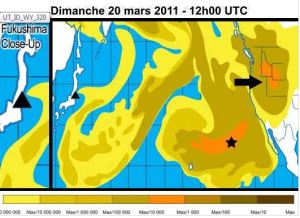 to see a lot of people looking like REI models, so it was surprising to see such an unhealthy population everywhere we went. Most of the white population, especially women, seemed unusually overweight. The men seemed in better shape which indicates to me this may be a hormonal or endocrine disruptor influence, common to inhabitants of radioactive landscapes. The large population of Mexican immigrants seem more healthy, at least in outward appearances. In a state that has been nuked hardcore in the past, exposed to Fukushima Fallout at levels as high as in Fukushima itself, and surrounded by mining and nuclear waste burning, I would venture to guess being a long-time Utahn probably means you have a high likelihood of thyroid problems, diabetes, and cancer at the very least. The great deception is that residents probably feel far removed from these risks, as Utah doesn’t have any actual nuke plants. But that assurance is far from the truth of their exposure issues. I would be very concerned for anyone raising children in this region, because of the afore-mentioned factors.
to see a lot of people looking like REI models, so it was surprising to see such an unhealthy population everywhere we went. Most of the white population, especially women, seemed unusually overweight. The men seemed in better shape which indicates to me this may be a hormonal or endocrine disruptor influence, common to inhabitants of radioactive landscapes. The large population of Mexican immigrants seem more healthy, at least in outward appearances. In a state that has been nuked hardcore in the past, exposed to Fukushima Fallout at levels as high as in Fukushima itself, and surrounded by mining and nuclear waste burning, I would venture to guess being a long-time Utahn probably means you have a high likelihood of thyroid problems, diabetes, and cancer at the very least. The great deception is that residents probably feel far removed from these risks, as Utah doesn’t have any actual nuke plants. But that assurance is far from the truth of their exposure issues. I would be very concerned for anyone raising children in this region, because of the afore-mentioned factors.
My own health: Prior to this trip I had a recent visit to my general practitioner, who only recently learned of the connection between Fukushima and some of the sickness he is seeing in his own practice. He told me with this new knowledge that I should be taking probiotics every day, along with probably the rest of the population. I had started these a week prior, and tripled the amount once I learned I would be taking a long plane ride out west. During my stay in SLC I felt great, had a lot of energy and appetite (which is unusual for me), and refrained from getting sick which usually happens after I fly, due to pre-existing immune system issues. However, because of the length of the journey home, plus high rad levels and probably dehydration, I have been felt terrible ever since I got back. Even my (sorry but in the interest of science this is probably important to share) urine was dark brown the morning after I returned, a similar event which eventually landed me in the hospital with kidney failure in April of 2013, while in Mexico (rads were 1400 cpm on that flight). My 28 year old daughter who has none of my health issues also suffered the same kidney condition, and required hospitalization 2 weeks after returning from the same trip. Luckily rehydration and rest for the past 3 days is helping me recover, but I am also having some extreme muscle pains in my arms and legs, which is beyond what I am normally used to having after travelling, or really at any time.
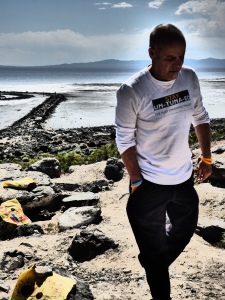 Other observations: Although fiscal problems have plagued most of the country since 2008, there appears to be far less blight and a better economic status for the states residents. I saw very few foreclosed homes, and hardly any vacancies in storefront areas. Restaurants and shopping malls are full, even during the week, which has now become the exception rather than the rule in the suburb of Detroit where I live, which actually has one of the highest household incomes per capita in the US. I don’t know how this compares to Utah’s fiscal health in the past, but it seems to be an area of growth, at least for the moment, based on what I saw (although at least one person I spoke with, Kevin Blanch, disagreed with this assessment). Knowing the extent of the dirty industry that resides there, many of the states residents who may be working in these fields are probably (at least somewhat) ignorant to the fact that they are contributing to toxic conditions for their own families, and probably the states ‘sickness factor’ as well. Perhaps with better knowledge of how, when and why Utah is suffering from its pollution problems, more people could mitigate and manage some of their health and obesity issues. Unfortunately, this nuclear pollution transparency-effect would also mean “biting the hand that feeds you” in terms of the economics of the state, and therefore, will probably never happen without a mass awakening of the population, and dramatic increase in hardcore activism. I got the distinct impression that Kevin Blanch is one of only a handful of people in the state that cares enough to be an outspoken activist, but hopefully I am wrong about this, too. It’s a loneliness we can all attest to in one form or another; but with the task of waking sleepy people up in a state chocked full of radiation problems and denial, Blanch has his hands fuller than most, which is unfortunate considering he is recovering from recent AML leukemia himself.
Other observations: Although fiscal problems have plagued most of the country since 2008, there appears to be far less blight and a better economic status for the states residents. I saw very few foreclosed homes, and hardly any vacancies in storefront areas. Restaurants and shopping malls are full, even during the week, which has now become the exception rather than the rule in the suburb of Detroit where I live, which actually has one of the highest household incomes per capita in the US. I don’t know how this compares to Utah’s fiscal health in the past, but it seems to be an area of growth, at least for the moment, based on what I saw (although at least one person I spoke with, Kevin Blanch, disagreed with this assessment). Knowing the extent of the dirty industry that resides there, many of the states residents who may be working in these fields are probably (at least somewhat) ignorant to the fact that they are contributing to toxic conditions for their own families, and probably the states ‘sickness factor’ as well. Perhaps with better knowledge of how, when and why Utah is suffering from its pollution problems, more people could mitigate and manage some of their health and obesity issues. Unfortunately, this nuclear pollution transparency-effect would also mean “biting the hand that feeds you” in terms of the economics of the state, and therefore, will probably never happen without a mass awakening of the population, and dramatic increase in hardcore activism. I got the distinct impression that Kevin Blanch is one of only a handful of people in the state that cares enough to be an outspoken activist, but hopefully I am wrong about this, too. It’s a loneliness we can all attest to in one form or another; but with the task of waking sleepy people up in a state chocked full of radiation problems and denial, Blanch has his hands fuller than most, which is unfortunate considering he is recovering from recent AML leukemia himself.
The Great Salt Lake region is one of the most beautiful areas I have ever visited. But in leaving SLC and witnessing the sunny and windy shores from a vantage point in the sky, it is obvious that Utah is in a unique position to be a leader in both the solar and wind industry. I saw one teeny tiny solar array over the southern end of the lake, which I would have missed if the glint off of its panels wouldn’t have caught my eye. This area is so expansive, with lots of sun and wind, that it is a shame the state relies on the dirty mining, nuclear, and waste industries rather than clean power, when there is so much opportunity for something better. However making that change would hurt the big money makers for the state, and requires a strong and free-thinking leadership to be able to implement it and ignore the protests of places like the inappropriately named Green Mountain (unless the joke means it is named after the glow from burning nuclear waste). It has been estimated that the clean power capabilities alone in the state of Utah could supply at least one-third of the electricity needs for the entire US, which is far better than what dirty industry is contributing to the state now and in the past.
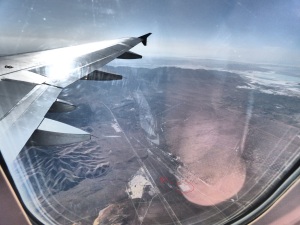
As far as the airline observations, the planes were in even worse shape than I anticipated. The health status of the flight crews seemed poor as well, based on their appearance and cranky behavior that I witnessed on multiple flights. The days of travelling being a privileged event are long gone and the crews seem to know it, and the plane conditions prove it is noticeably tarnished. It is no wonder that the added factor of possible radiation exposure affecting crews and planes is not being addressed at the airline or union level, or even with aviation mechanics or pilot forums. It has been an effective and ongoing cover up, but it will get harder to ignore as pilots get sick and planes continue to fall apart. They need people to ignore the risks, like pilots. They need people to keep travelling, like frequent fliers and tourists. They need people to stay asleep, or They may be forced to deal with expensive fixes for problems, sometimes of their own creation. A great example of this is the California Coastal Authority’s BS-laden report about beach safety in light of the Fukushima Accident, a propaganda masterpiece that was spoon-fed to a curious public in late April of 2014, in the hopes of continued bookings of California beach vacations. Or recent and misleading comments from a reality show crab-catcher about the safety of Pacific seafood, which he “personally has checked” – although his measurements are in stark contrast to the DOE’s own report issued in the late summer of 2011.
Risk Mitigation is all about Early Warning
Mitigation for frequent fliers: There are several things flight crews can adopt to help fight the exposure they are receiving just doing their job. People who fly a lot are subjected to hopping time zones, being at altitude, poor diet, hectic schedules, and diurnal sleep disruption. Although pilots, flight crews and frequent fliers were at high risk for radiation related illness even prior to the Fukushima accident, a few lifestyle and health habits could be immediately adopted to help lessen the effects for those who aren’t interested in radically changing their career path, or have never heard of Go-to-meeting as an alternative to business travel. They are:
1) Start taking probiotics
2) Increase water intake for healthier cells, kidneys, and brain function; and make sure it is clean/filtered
3) Stay on as healthy of a diet as possible, eating lots of whole foods and root vegetables; and greatly reducing intake of fast-foods and processed foods (which is extraordinarily difficult when traveling through airports)
4) Consider supplements containing calcium, magnesium, and Vitamin D and C for immune function (and to block accumulation of rad exposure in bones and heart muscles). Eat avocados – a lot of them – for your thyroid.
5) Rest needs to be a priority and scheduling considerations need to be adjusted for this, with adequate down-time in between flights for proper recovery
6) If possible switch to a less-affected route than over the US and Canada, especially the northern pacific rim states, where the jet stream and tropopause come straight from Japan. Avoid flying through Asia or polar routes as well.
7) Avoid all seafood products especially highly preserved and stored ‘airline fish’
8) Consider a regular regimen of DCA and Vitamin C IV’s to restore immunities and mitochondria to help the body’s recovery defenses.
9) Take any indication of radiation exposure-related health problems seriously (including but not limited to: bloody nose, new skin problems, hair loss, chest pain, nausea or frequent sickness, weight gain and irritability, difficulty with thought process) and strongly consider a career change if you are already symptomatic, or especially if you have been since March 11, 2011
10) Start wearing a dosimeter and record your readings after each flight including route travelled
11) Start wearing an N-100 particle mask during flights (as well as support personnel/mechanics handling air filters) using any excuse you can think of to your bosses for its necessity. Protecting yourself from radioactive fallout will probably ‘not fly’.
For the long term, considerations for protecting the flight crews need to be implemented such as real-time readings collected from each route (a combination of Flight Aware and Radiation Network) to assist in mapping where the highest rads are in the sky, dosimeter readings for public perusal, and increased vigilance from the crew unions as to the health effects of radiation related illnesses and cancers. A more robust maintenance plan including but not limited to careful maintenance of electrical components, hydraulics, and metal fatigue of aircraft flying at high altitudes should be adopted asap. Cabin-air filtering needs to be at 100%, not 50% as standard. It would also be beneficial if coatings could be applied to the plane skins and glass with a lead base to block alpha, beta and gamma radiation in flight, and hopefully decrease the amount of irradiation embrittlement which appears to be affecting our airliners, although social economic reasons (skimping on maintenance and upkeep) are undoubtedly also a factor. Yet another example of the multiplier effect of Fukushima fallout on not only our health, but on our very own infrastructure. And as the accident is never-ending, the problems related to the accident will be, too.
***********************************************************************
More information to come over the summer about radiation and airline travel, stay tuned ~RC
Our new Mutation Map is now live, please consider uploading your pictures so you can be part of this one-of-a-kind collection of images.


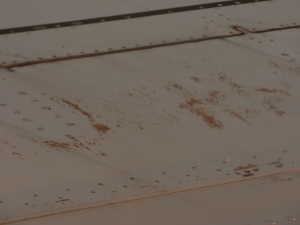
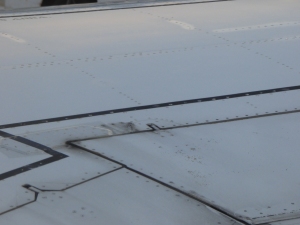
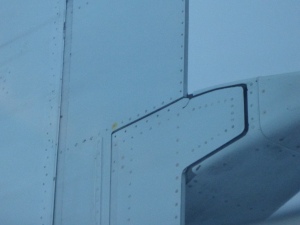

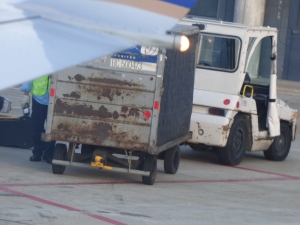
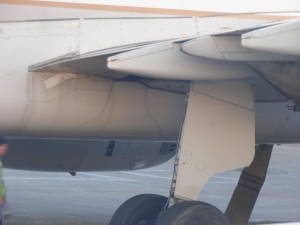
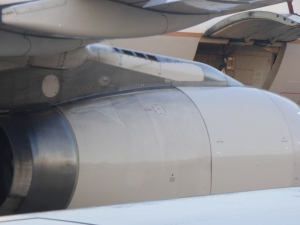
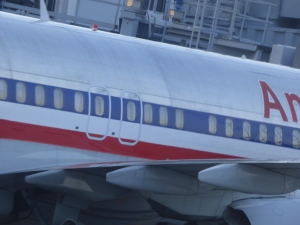
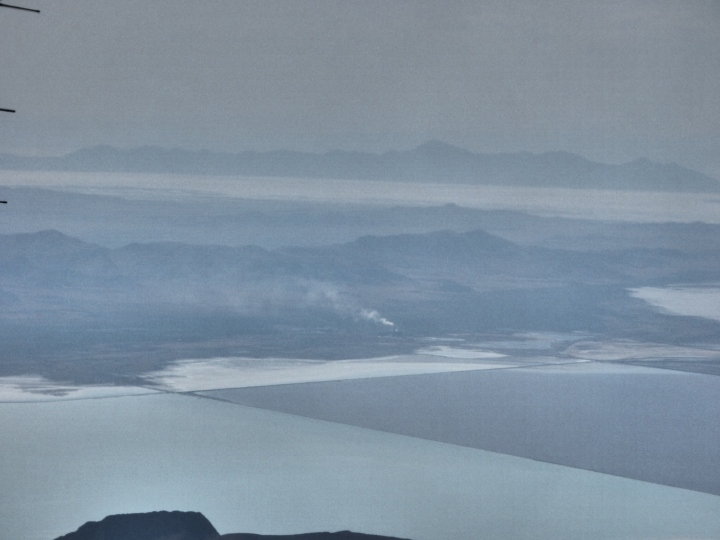
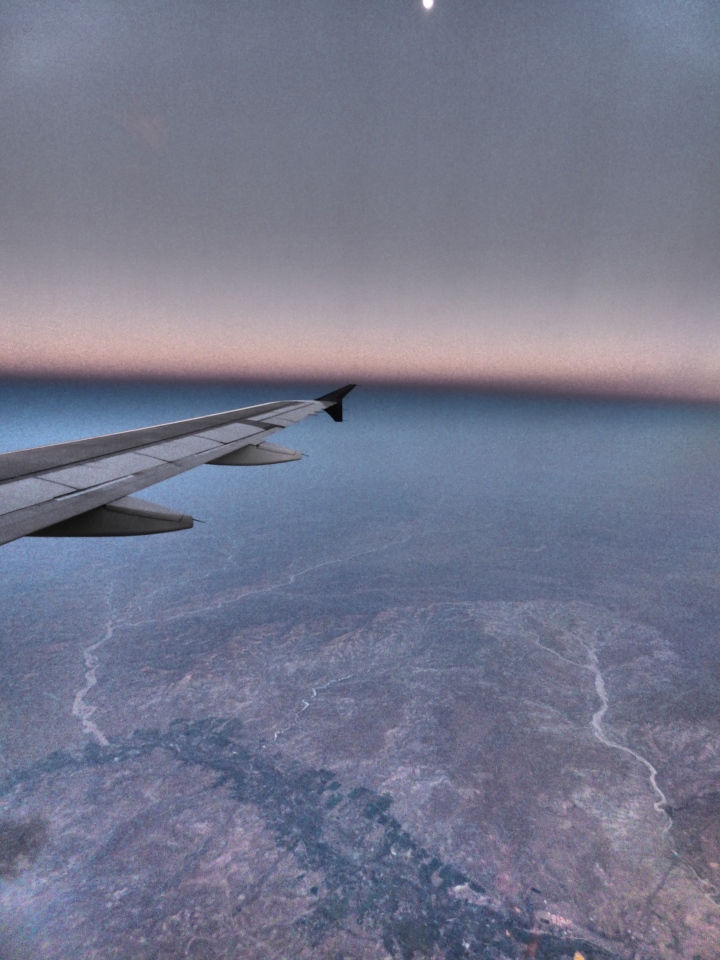
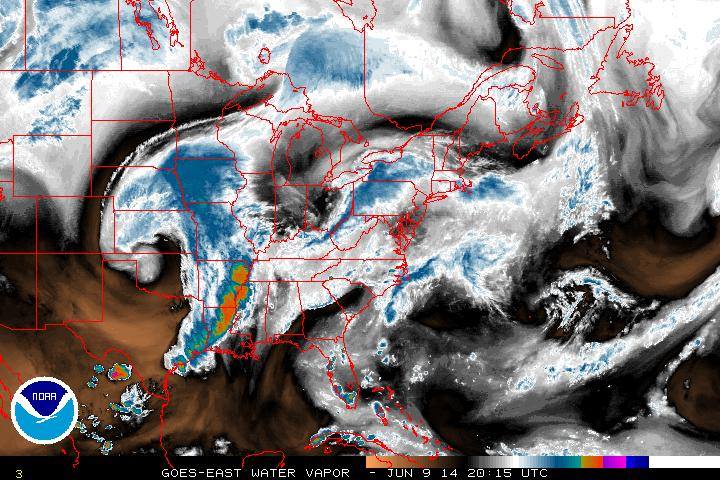
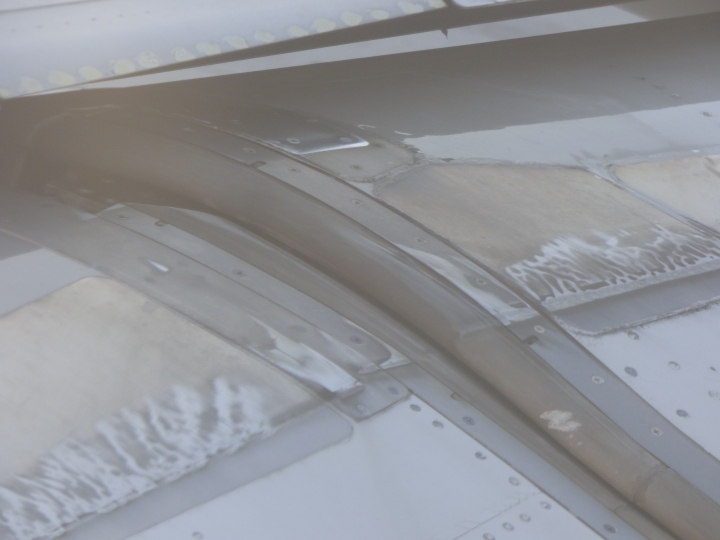
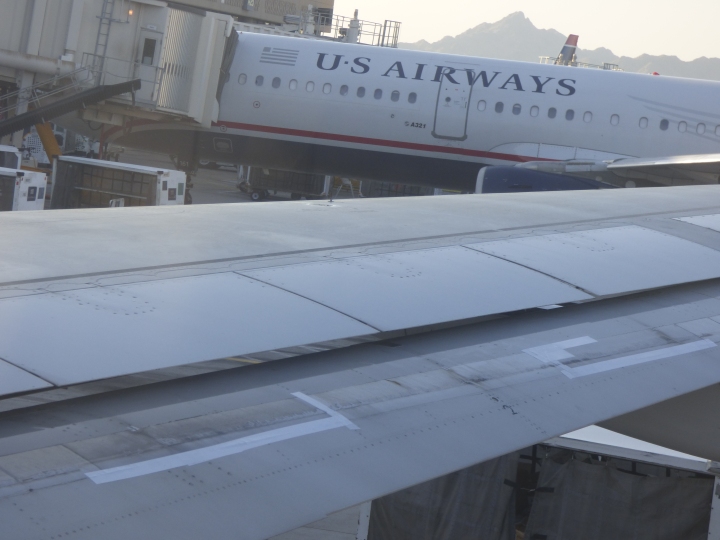
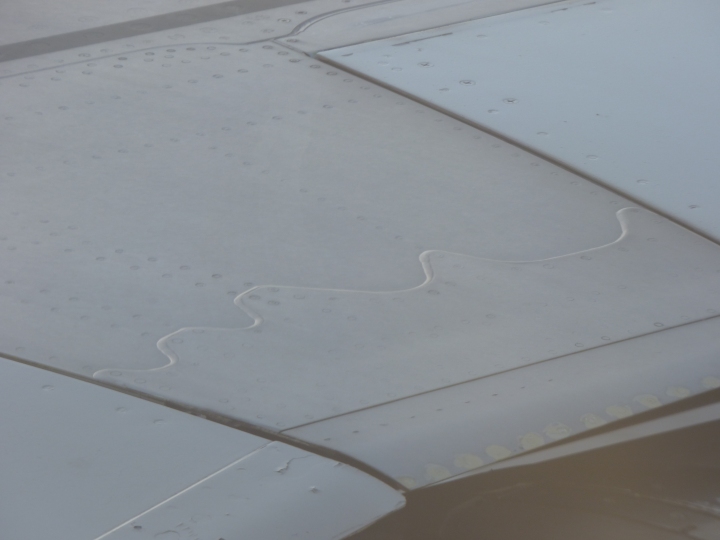
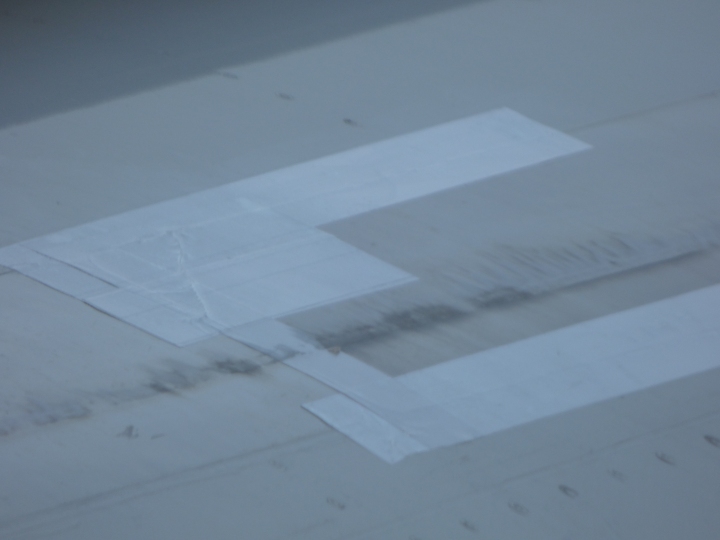
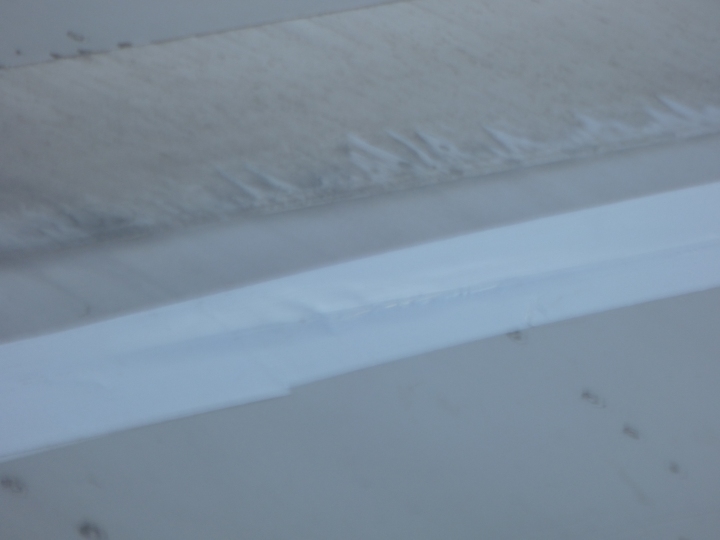
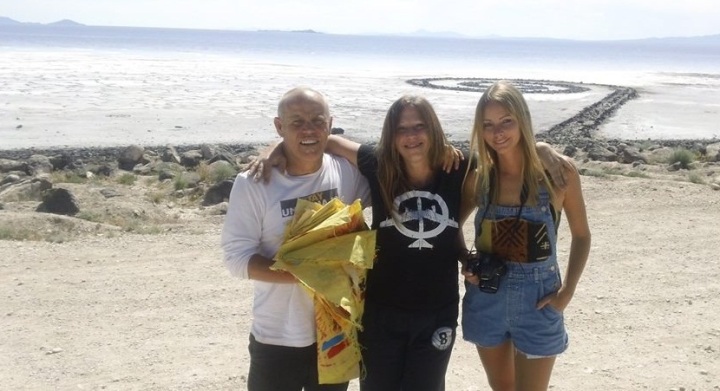

The DUCT TAPED WING. I am speechless.
LikeLiked by 1 person
UTAH: Earlier this month, advocates held a news conference at the state capitol and played a video featuring an anonymous person who said he was a former worker at the Stericycle facility.
**The man, wearing a banana and sunglasses, said the company’s supervisors ordered employees to illegally burn radioactive waste instead of shipping it to proper disposal companies. The man said that at the direction of supervisors, employees would not measure medical waste coming in, a practice that would violate state permits.**
At the time, Jennifer Koenig, a Stericycle spokeswoman, called the accusations unlikely but said the company was looking into it.
http://www.ksl.com/?sid=31710940&nid=#Cial3kPFJOFCJLsL.99
LikeLiked by 1 person